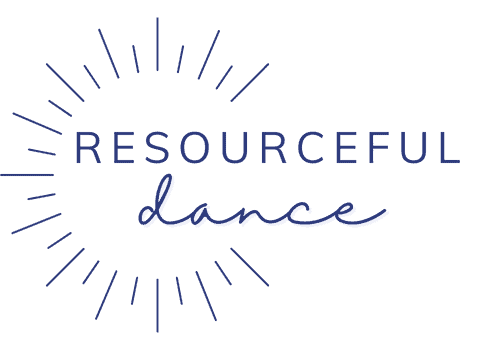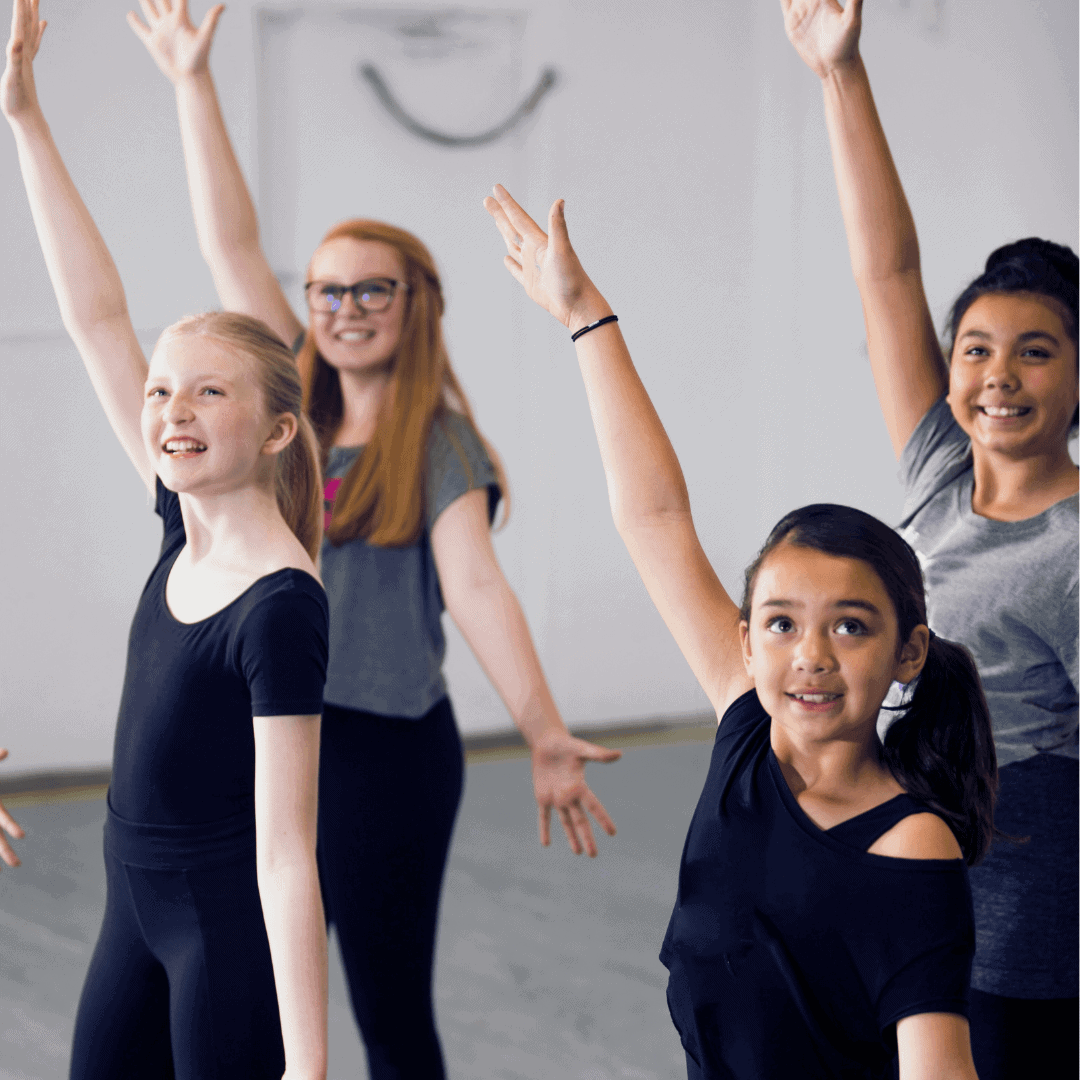All dance teachers provide their students with feedback. It’s a crucial part of helping our students grow and improve. Today, we want to encourage you to take the time to provide written feedback to your dancers. Giving students and parents a written dance evaluation will have a huge impact on their overall experience. It will improve your dance studio’s retention rates and help to grow your programs.
We have included a FREE dance evaluation template for you here. You will need to make a copy before you can start making changes to the template.
Need more convincing? Here are our favorite reasons to make it a priority this season:
1. You may be telling your students the same thing over and over again.
Are they missing the point? Are they tuning you out? Sometimes having something in writing can make things more concrete. It gives them the chance to reflect and ask if they need more clarification. You are presenting the same information in a new way- an essential skill for any teacher!
2. Are you getting pressure from parents about moving a student up?
Or dealing with complaints that a student isn’t being challenged? A formal dance evaluation is a great tool to have on hand when these conversations come up. You can address the areas that their daughter/ son needs to work on or remind them of the requirements of their current level.
3. Evaluations are a perfect way to deal with levels.
I recommend handing out evaluations in the spring. In addition to your feedback, make sure to include level recommendations for the following year. If you receive questions mid-year it’s simple, “we will be sending home written evaluations in the spring including level information for the next year.”
4. Parents LOVE it.
After doing evaluations for a few years it became clear how much students and parents looked forward to them. They took our recommendations very seriously. It sends a message that you care about their kids and their progress. This is an opportunity to go above and beyond for your studio families. It solidifies the value that you provide!
5. It’s a marketing opportunity for your programs!
Does Sara need to take more ballet? Tell her! Do you think Emma would make a great addition to your company? Let her know! On our template, we included a spot for listing recommended classes. For some students, the evaluation may be the only time you “chat” with the parent all year. I have had many parents reference the dance evaluation when re-registering for the following year. This can play a HUGE role in getting kids enrolled in more classes at your studio.
Now on to the creation. It’s important to keep your evaluation personalized for the student, being careful not to make it TOO time-consuming for your teachers. Utilizing a simple rating system, fill in the blanks, and roughly 2 sentences of personalized info is key!
A few other things to consider when designing your evaluations for your dance studio:
Class objectives
What are the primary goals of the class? Create a few clear objectives. You may want to consider classroom behavior, attitude, and technique. When we kept it pretty general, we were able to use the same objectives across all disciplines and age groups.
Skills from Syllabus
We went through our classes level by level and identified a few skills from the syllabus that we consider mandatory to master before moving up to the next level. If a parent or student is having a hard time understanding why they are not doing well in a class, a simple 1-3 rating on a skill can be eye-opening.
School Philosophies
Briefly summarize your school’s philosophies regarding levels and how long a student should expect to stay in a level. You are trying to make things very clear and minimize the number of questions you get later. This disclaimer can be something you reference if you are confronted with an unhappy parent in the future.
Communication Policy
What should parents or students do if they have questions or want additional feedback? Get in touch with the teacher? The studio director? Email or phone? Include it.
Motivated to get to work creating that form? Depending on how many classes you offer and if you have a syllabus for each level this may take a few hours upfront. The benefit is that once you create your form you get to spend LESS time evaluating your students and deliver a much clearer message. Lucky for you, we have created the perfect dance evaluation template to start from. You are helping your students to improve, showing them and their parents how much you care, and creating value for your customers. Win, win, win!
Remember to give your teachers plenty of notice to complete their evaluations and notify them how to track their hours to be compensated.
Grab your dance evaluation template and get to work! We have provided a copy of a dance evaluation form we created for a level 1 ballet class (ages 6-9) and a quick tutorial below. Feel free to use it as a template for creating additional evaluation forms.
Are you already doing this? We would love to hear any feedback you’ve gotten from parents!



